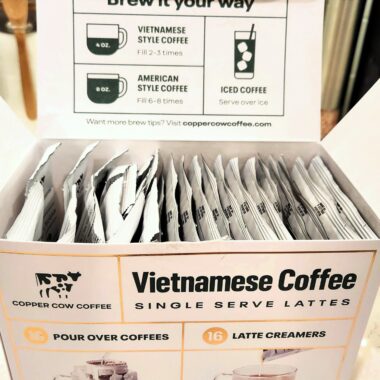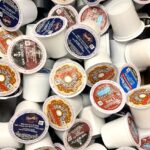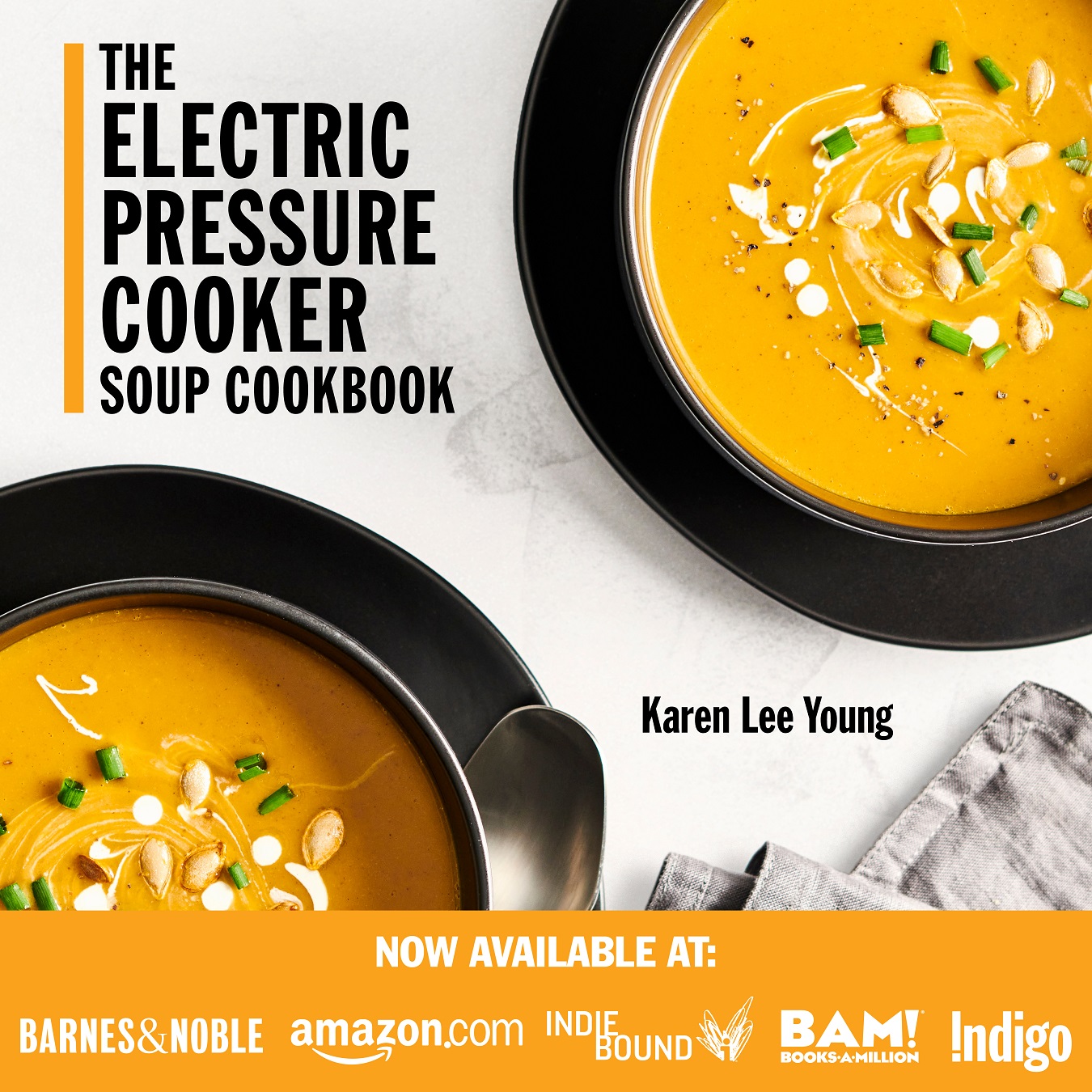Last Updated on February 13, 2025 by Karen
Learn about the differences between Thai and Vietnamese coffee, including brewing methods, bean varieties, and flavor profiles to find your perfect cup.
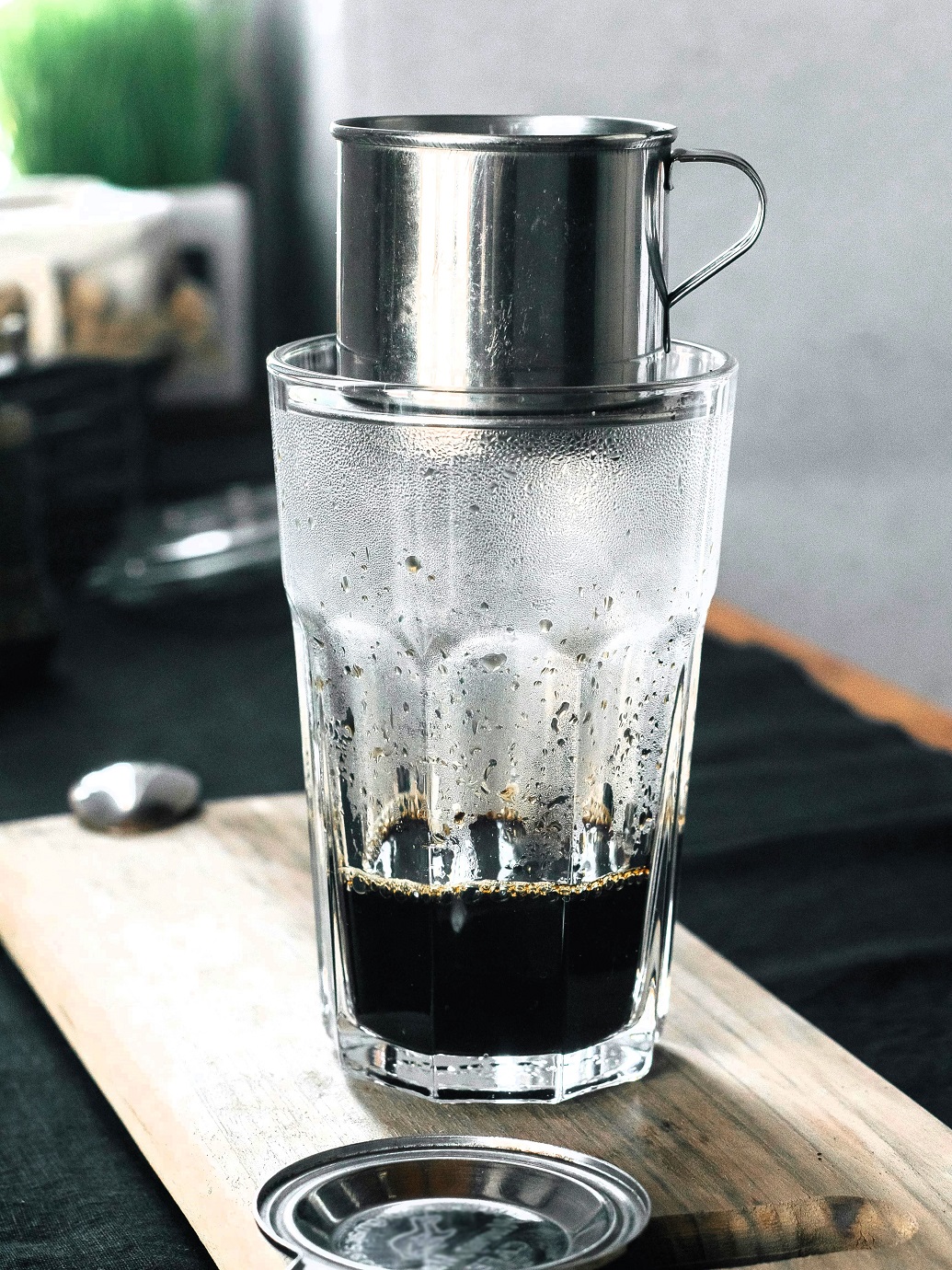
When it comes to coffee, different regions across the world have their own unique styles and traditions. Two popular types that stand out are Thai coffee and Vietnamese coffee, both of which offer an exciting and flavorful coffee experience. Whether you’re a coffee enthusiast or a casual coffee drinker, these two coffees provide bold flavors, but they differ significantly in their brewing methods, taste profiles, and cultural significance.
In this post, we’ll dive into the world of Thai and Vietnamese coffee, exploring the main differences, brewing processes, and the unique ingredients that make each one special. Let’s start with the basics!
Read about my full review on Copper Cow Vietnamese Coffee
Origins and Coffee Culture: Thailand vs. Vietnam
Coffee culture is deeply rooted in both Thailand and Vietnam, though the ways in which coffee is consumed differ between the two countries. Vietnam, for instance, is known for its robust coffee production, with robusta beans being the dominant variety. The country is the second-largest coffee producer globally, with coffee playing a big part in daily life. Vietnamese coffee is often associated with cà phê sữa đá (Vietnamese iced coffee), a drink that has become internationally known for its bold, sweet flavor.
On the other hand, Thailand has a smaller coffee industry, but its coffee culture has gained popularity due to its distinctive flavor profile. Thai coffee often includes a mix of arabica beans and spices, offering a balance of sweetness and complexity. Coffee is commonly served at local coffee shops and by street vendors, making it a part of the everyday experience for many Thai people. Despite being lesser-known than Vietnamese coffee, Thai coffee offers an intense and flavorful coffee experience that has gained traction in the West.
The Type of Coffee Beans: Robusta vs. Arabica
One of the most significant differences between Thai coffee and Vietnamese coffee lies in the type of coffee beans used. Vietnam primarily uses robusta coffee beans, which are known for their stronger, more bitter flavor compared to the milder arabica coffee beans. Robusta coffee beans also tend to have a higher amount of caffeine content, which results in a more robust and intense flavor.
In Thailand, the coffee often uses arabica beans, which produce a smoother, milder cup of coffee. However, many Thai coffee drinks also incorporate robusta beans for an added punch. The balance of arabica and robusta beans in Thai coffee gives it a unique flavor profile, one that leans towards a more balanced, yet slightly bold taste.
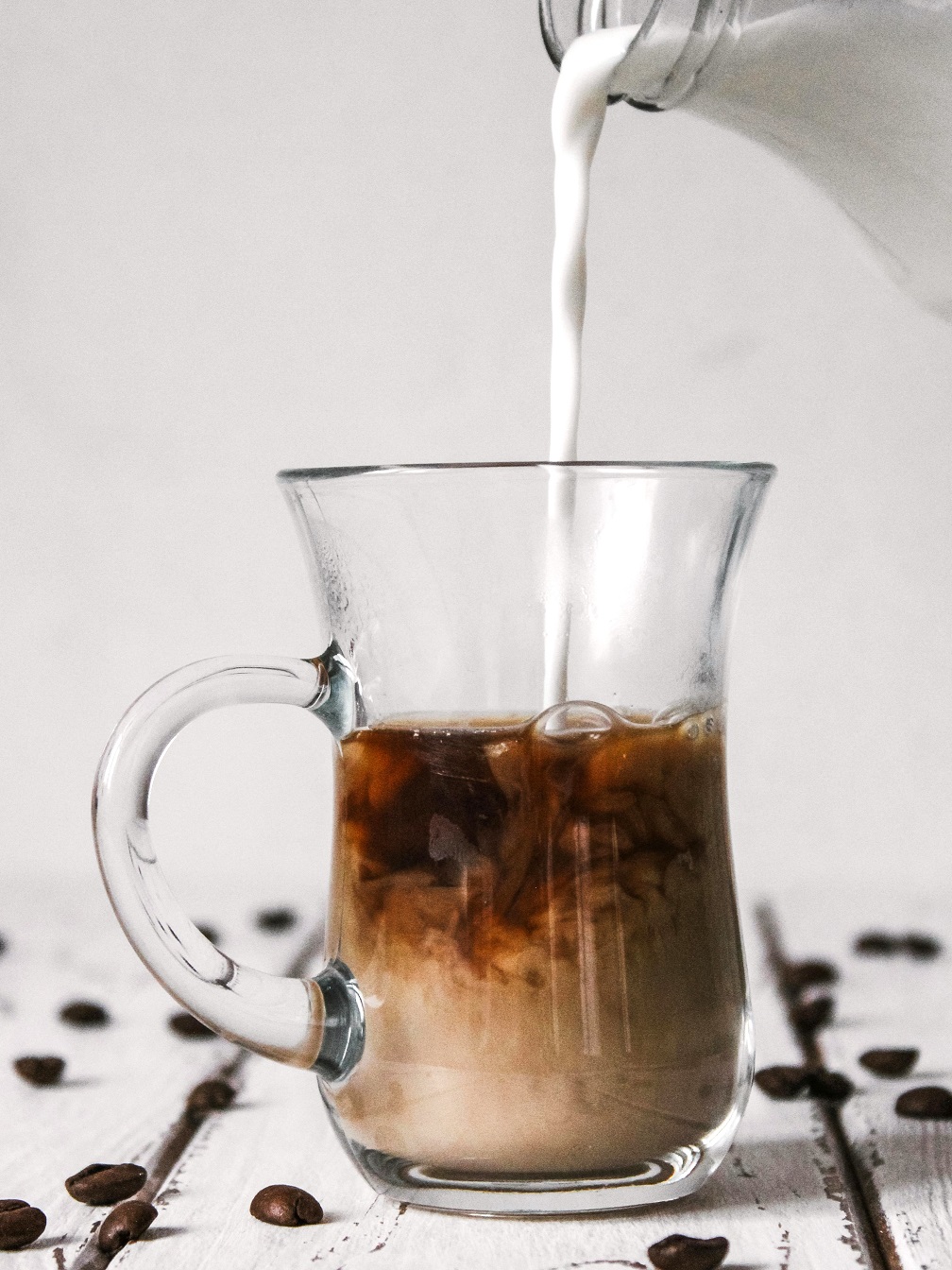
Brewing Techniques and Methods
The way coffee is brewed plays a crucial role in the flavor and texture of the final drink. Both Thai and Vietnamese coffee have unique brewing methods that help shape their distinct taste profiles.
Vietnamese Coffee: The Phin Filter and More
Vietnamese coffee is famous for its traditional Vietnamese coffee filter known as the phin filter. This metal filter is placed atop a glass and slowly drips coffee, allowing the hot water to pass through the ground coffee and extract a rich, strong brew. The slow brewing process allows for full extraction, which results in a very strong coffee that forms the base for many traditional drinks like cà phê sữa đá (Vietnamese iced coffee) and cà phê sữa nóng (Vietnamese hot coffee with sweetened condensed milk).
The special filter is a crucial part of the brewing process. It’s designed to create a slow drip, where the coffee is brewed drop by drop into the glass, allowing the coffee to maintain its robust flavor. The coffee produced by this method tends to have a strong flavor, which is balanced out with sweetened condensed milk, giving it a creamy texture and sweetness that complements the bitter notes of the robusta beans.
Vietnamese coffee is often served iced, especially on hot summer days. The cà phê sữa đá is the perfect refreshing drink, combining the strong coffee with the coolness of ice and the rich sweetness of condensed milk.
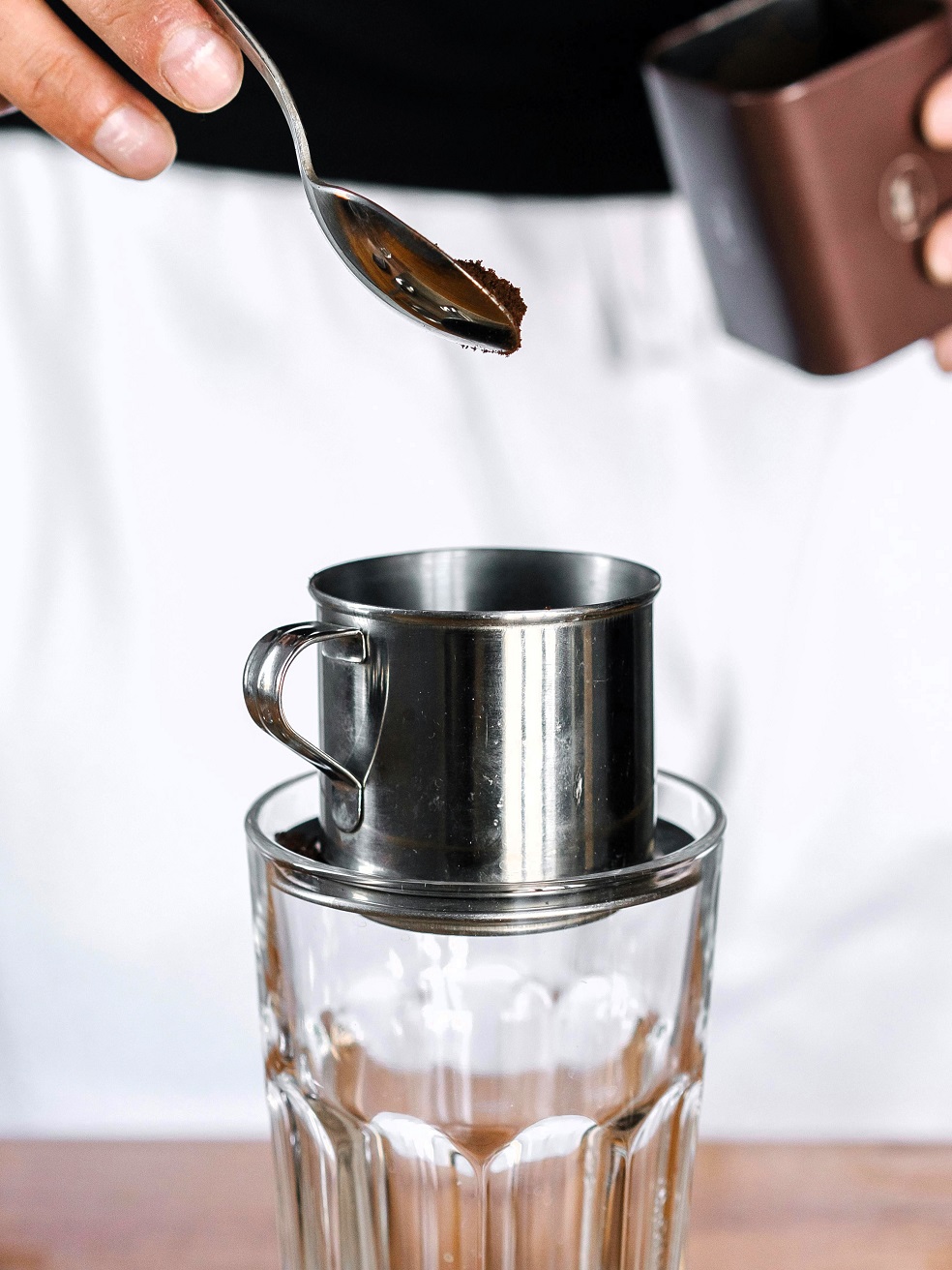
Thai Coffee: Brewing with Spices and Street Vendors
In contrast to the slow-brewed, strong, delicious Vietnamese coffee, Thai coffee is typically brewed using a cloth filter. This drip filter creates a smoother coffee with a slightly different flavor profile. The brew time is generally shorter compared to the phin filter, but still allows for a strong brew. Many Thai coffee drinks are served iced, such as the famous Thai iced coffee (oliang), which features a mixture of robusta and arabica beans, along with spices such as cardamom, sesame seeds, and sometimes even cinnamon. These spices contribute to the robust flavor that Thai coffee drinkers love.
Thai coffee is often sweetened with sweetened condensed milk, regular fresh milk, or coconut milk, resulting in a creamy sweetness that pairs perfectly with the strong, spiced brew. Unlike the more traditional hot coffee served in Vietnam, Thai coffee is often found in small cups from street vendors or coffee shops, making it a quick and convenient choice for coffee lovers on the go.
Flavor Profiles and Differences in Taste
The flavor profiles of Thai coffee and Vietnamese coffee differ significantly due to the type of beans, the brewing methods, and the added ingredients.
Vietnamese Coffee: A Bold, Bitter Brew with Sweetness
As mentioned, vietnamese coffee beans are predominantly robusta, which leads to a bold flavor and strong flavor profile. The coffee is brewed using a traditional phin filter that extracts every drop of flavor from the coffee grounds. The result is a very strong brew, often with a slightly bitter edge. The addition of sweetened condensed milk or sometimes evaporated milk smooths out the bitterness, creating a creamy texture and sweet flavor that coffee drinkers love. The balance of bitter flavors and creamy sweetness is what makes vietnamese iced coffee a globally recognized drink.
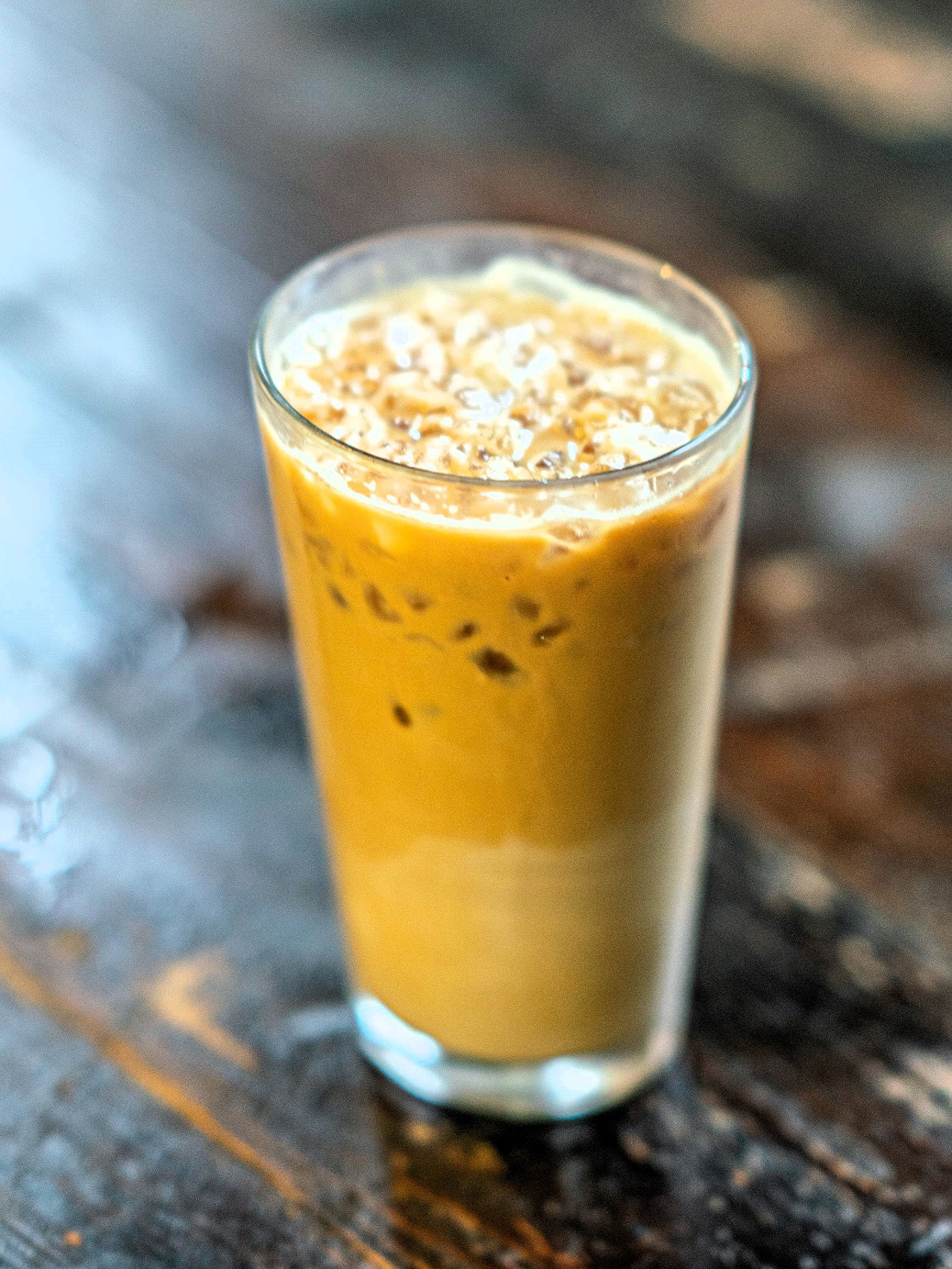
Thai Coffee: A Rich, Spiced Brew
Thai coffee, on the other hand, incorporates a mix of spices, giving it a more complex, unique flavor profile. The use of cardamom and sesame seeds gives Thai coffee a slightly bitter yet aromatic taste that is less intense than Vietnamese coffee but still bold. The coffee is often brewed from a combination of arabica and robusta beans, providing a more balanced brew. While Thai coffee is also often served with sweetened condensed milk, the presence of spices makes it a flavorful coffee experience that is unlike any other.
The brewing methods used in Thai coffee also result in a smoother, milder flavor compared to the robusta beans in Vietnamese coffee. However, the inclusion of spices ensures that Thai coffee is never bland.
Popular Coffee Drinks in Thailand and Vietnam
Both countries offer a variety of coffee drinks that have become popular not just locally but internationally as well.
Vietnamese Coffee Drinks:
- Cà phê sữa đá (Vietnamese iced coffee) is the quintessential Vietnamese coffee drink, made by slowly dripping robusta coffee through a vietnamese dripper and mixing it with sweetened condensed milk and ice.
- Cà phê sữa nóng is the hot version of iced coffee, where the condensed milk creates a creamy and sweet base to balance the bitterness of the coffee.
- Vietnamese egg coffee (cà phê trứng) is another unique creation where egg yolk is whipped with sugar and condensed milk to create a sweet, creamy foam that’s poured over the strong coffee.
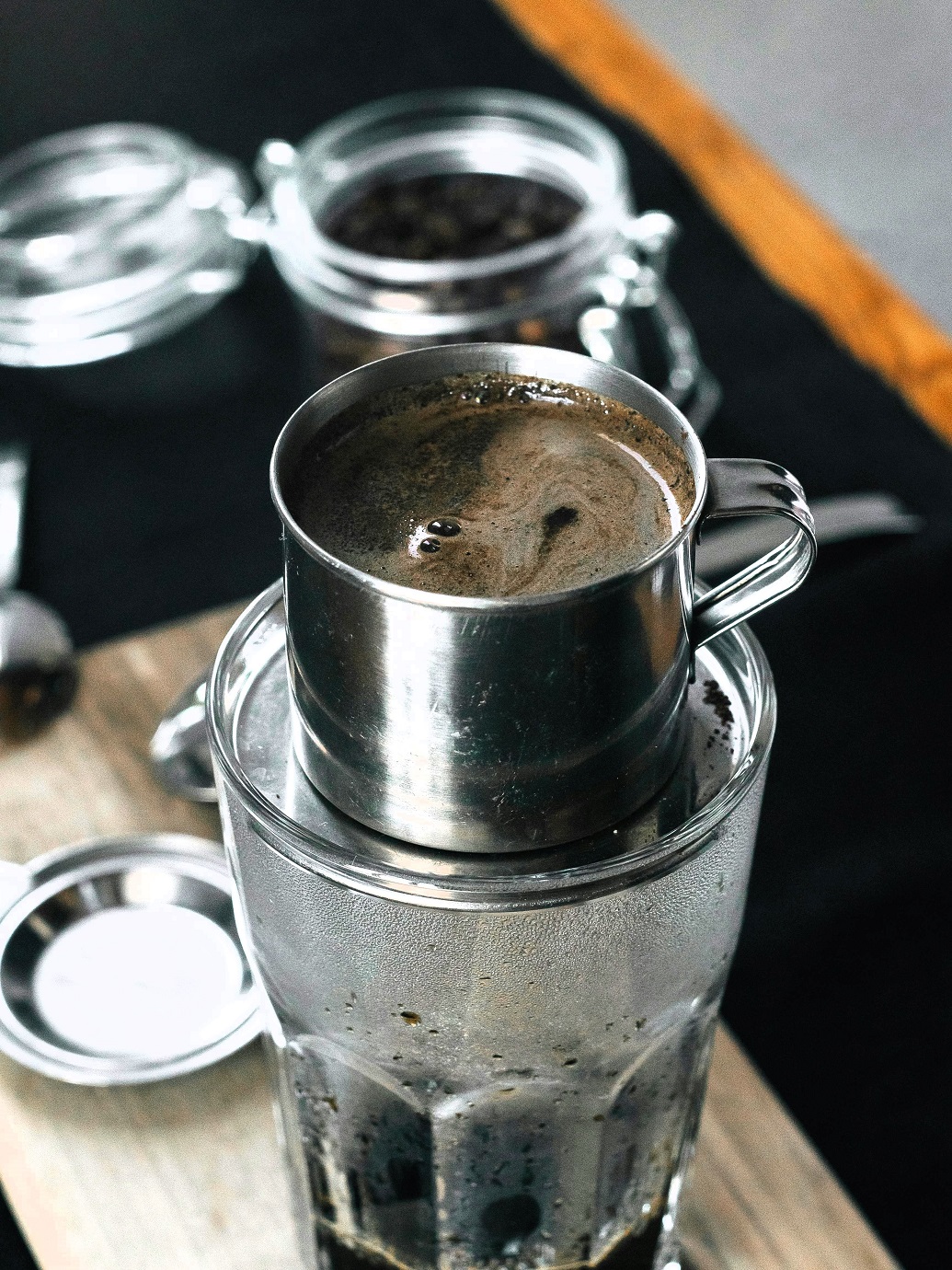
Thai Coffee Drinks:
- Oliang is the famous Thai iced coffee, brewed with robusta and arabica beans and sweetened with condensed milk and spices. This drink is perfect for hot summer days and is typically served over ice.
- Thai hot coffee is also popular, often served with regular milk and sometimes sweetened with sugar or condensed milk.
What are some popular Vietnamese coffee brands?
There are several well-known Vietnamese coffee brands that offer a range of coffee products, from traditional ground coffee to instant coffee and whole beans. Here are some of the most popular and reputable Vietnamese coffee brands that can be found in most Asian markets in the United States:
1. Trung Nguyen
Trung Nguyen is the most iconic Vietnamese coffee brand, known for its rich and bold flavors. It offers a variety of coffee blends, with both robusta beans and arabica beans, catering to diverse preferences. Trung Nguyen’s G7 instant coffee is especially popular, combining convenience with the signature taste of traditional Vietnamese coffee. This brand is synonymous with the Vietnamese coffee experience and is often the go-to choice for coffee lovers seeking a bold, strong brew.
2. Cafe Du Monde
Originally from New Orleans, Cafe Du Monde is popular in Vietnam and is often used to create traditional Vietnamese-style coffee drinks. Known for its dark roast coffee, it blends robusta coffee beans for a rich, robust flavor that pairs perfectly with sweetened condensed milk, a key ingredient in drinks like cà phê sữa đá (Vietnamese iced coffee). Cafe Du Monde is often favored by coffee drinkers who enjoy strong coffee with a sweet and creamy finish.
3. Vinacafe
Vinacafe is one of the most well-known brands in Vietnam, offering a wide range of coffee products, especially instant coffee. Their Vinacafe 3-in-1 instant coffee has become a staple for many coffee drinkers, providing the convenience of instant preparation while still offering a full-bodied, rich coffee experience. The brand combines robusta beans for a stronger, bolder flavor that many enjoy on a daily basis. It’s perfect for those who want a quick and satisfying coffee fix.
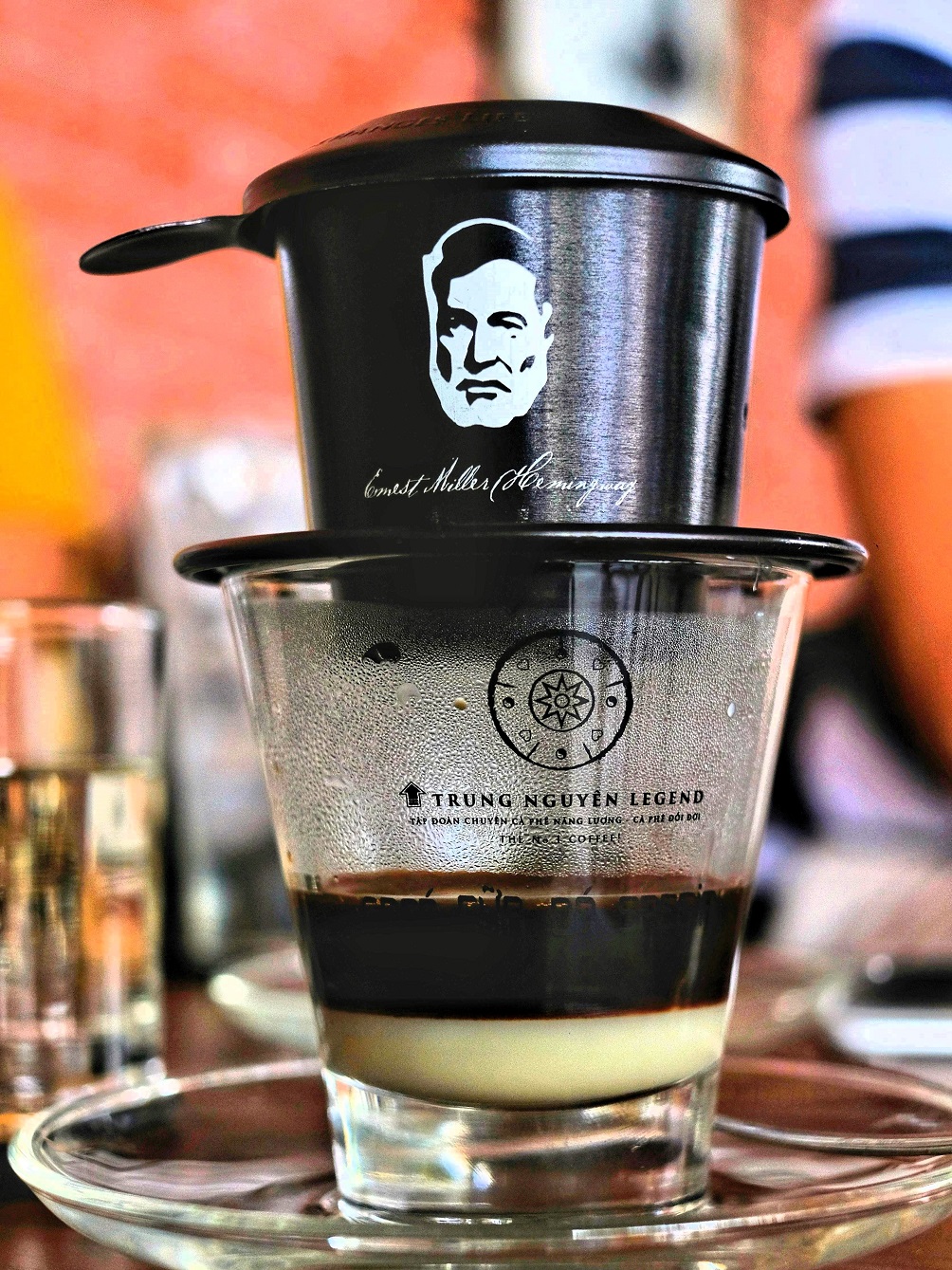
What are some popular Thai coffee brands?
Here are some well-known Thai coffee brands that have gained popularity both in Thailand and internationally for their distinctive coffee styles and flavors:
1. Doi Chaang Coffee
Doi Chaang Coffee is one of the most renowned Thai coffee brands, known for its premium, arabica beans grown in the high altitudes of northern Thailand. The brand is committed to ethical and sustainable practices, supporting local farmers and cooperatives. Their coffee is rich, aromatic, and often celebrated for its smooth, balanced flavor profile with mild acidity and complex notes of chocolate and nuts. Doi Chaang offers a range of products from whole beans to ground coffee, and their coffee is widely available in both Thailand and international markets.
2. Thai Nguyen Coffee
Thai Nguyen Coffee is a popular brand known for producing both robusta and arabica coffee blends. Their coffee is often used in making traditional Thai iced coffee, offering a robust flavor and creamy texture when combined with sweetened condensed milk. Thai Nguyen is highly favored for its strong coffee, offering a unique balance of bitterness and sweetness. The brand is especially popular in Thai coffee shops and is enjoyed by both locals and coffee lovers abroad.
3. Chao Doi Coffee
Chao Doi Coffee is another prominent Thai coffee brand that specializes in premium arabica coffee beans from the northern regions of Thailand, such as Chiang Rai and Chiang Mai. Chao Doi is known for its quality, smooth flavor profile, and rich aftertaste. Their coffee is grown in high-altitude conditions, allowing the beans to develop unique characteristics with sweet and fruity flavors. The brand has become a favorite among coffee enthusiasts who enjoy an artisanal approach to Thai coffee.
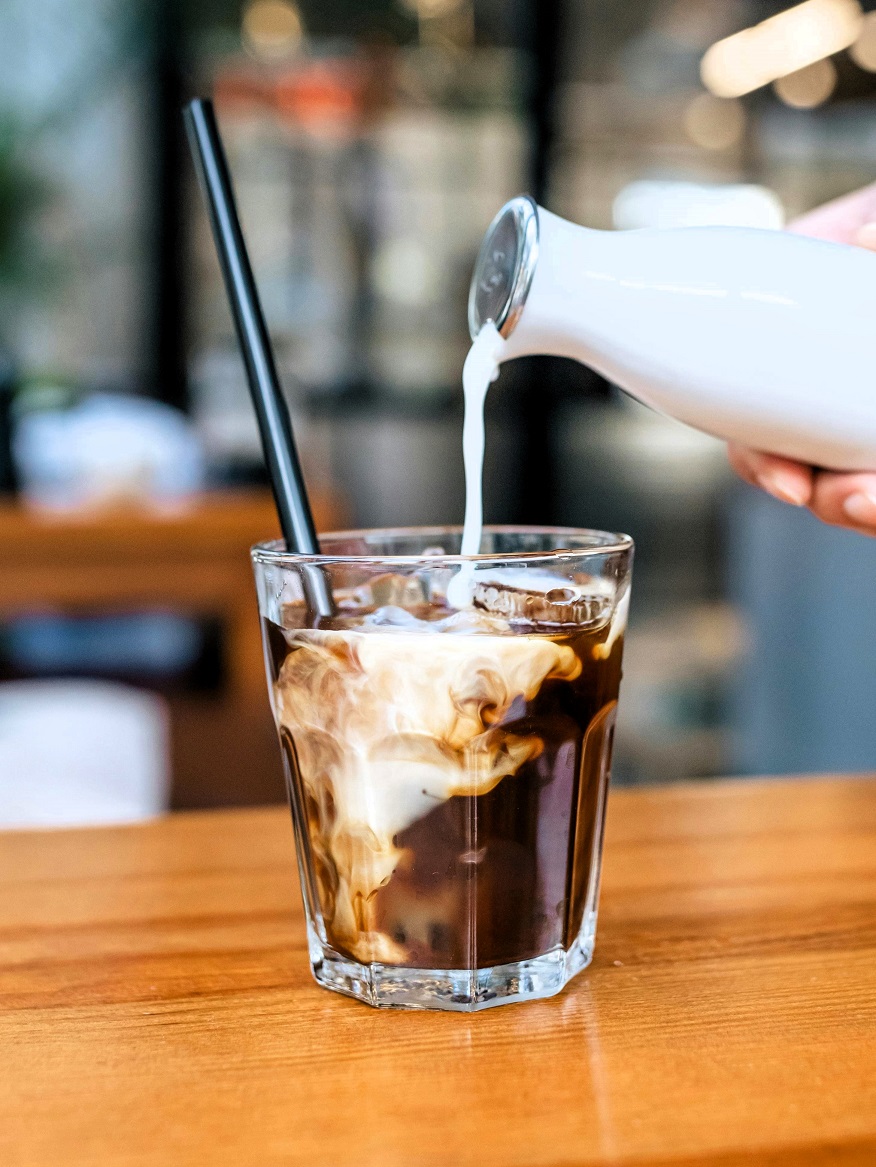
Thai Coffee vs. Vietnamese Coffee – Which Is Better?
Both Thai and Vietnamese coffee offer distinct, delicious coffee experiences that reflect the unique coffee cultures of each country. Vietnamese coffee is defined by its robusta beans, strong flavor, and iconic phin filter brewing method, resulting in a rich, bold, and sweet coffee. On the other hand, Thai coffee incorporates spices, arabica beans, and a simpler brewing method, offering a milder yet still robust flavor with a sweet, creamy finish.
Ultimately, the choice between Thai and Vietnamese coffee depends on personal preference. If you prefer a stronger brew with a bitter flavor and creamy sweetness, Vietnamese coffee is your best bet. If you enjoy spiced, flavorful coffee with a milder flavor and a creamy finish, Thai coffee will be a great choice. Either way, both coffees provide a rich, cultural experience that brings together the region of Southeast Asia and the love of coffee.

